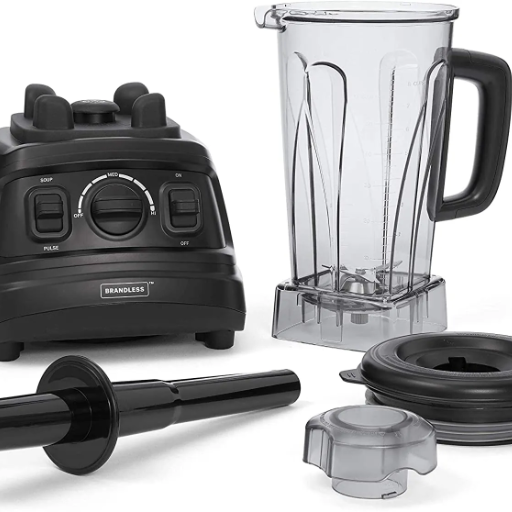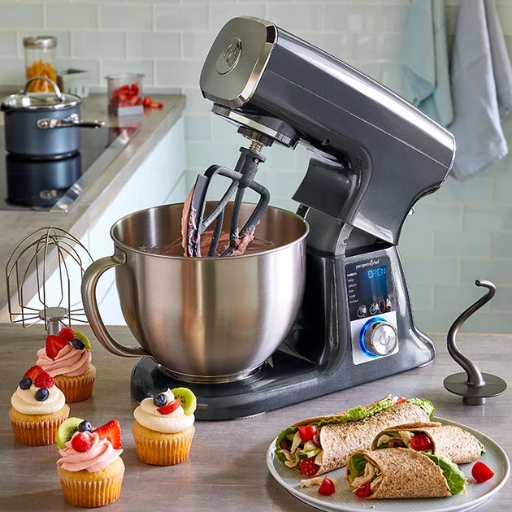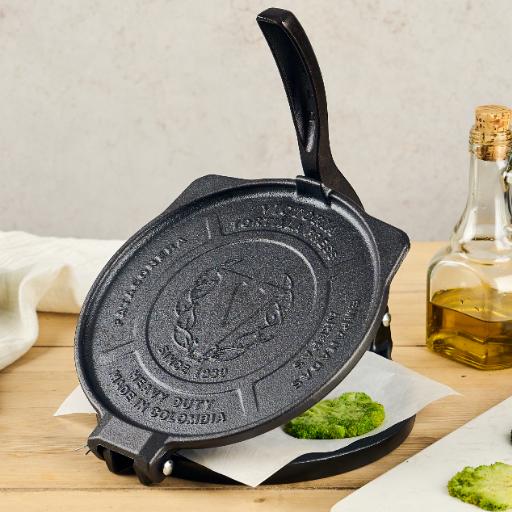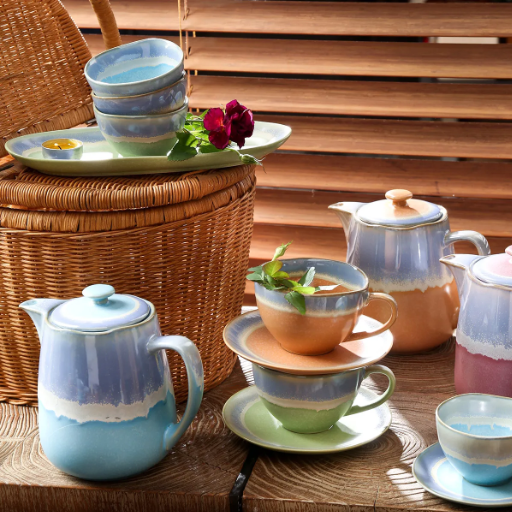Few kitchen tools match the versatility of a large 24-quart stockpot. It is a must-have for infusing savory broths, for boiling seafood, and generally used whenever the cook has to manage so much volume that he feels as though he is working against space all by himself. This comprehensive guide explores everything about this versatile pot: its designs and materials, its features, and some uses.
Introduction to the 24 Qt Stock Pot
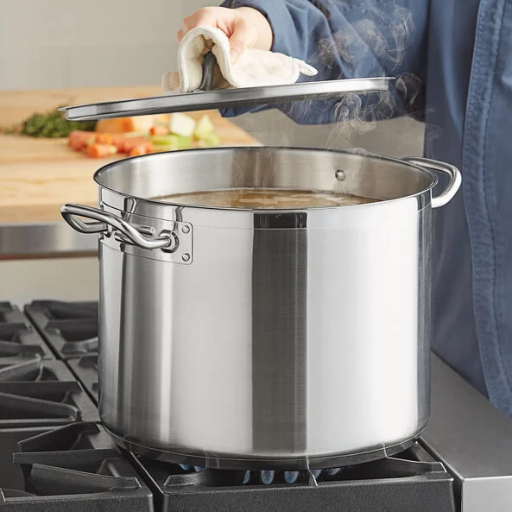
The 24 Quart stock pot is one of the most versatile pots, and it is greatly admired for its capacity and durability. Designed to hold a massive 24-quart measurement, it makes giant amounts of soup, stock, or stew and boils pasta for an audience. Essential in the cooking process are heat distribution processes, which the large size offers in an appropriate manner.
Usually stock pots are made either from stainless steel or aluminum, with an encapsulated base for better heat conductivity and durability. Strong handles begin from the side of the pot to lift it easily if it is ever filled to capacity. Sometimes, pots have lids fitted tightly to enhance safety and efficiency.
What is a Stock Pot?
The stock pot is usually a large, tall vessel, specifically meant to prepare bigger quantities of liquids such as broths, stocks, soups, and stews. Usually, stock pots are made of stainless steel or aluminum, like pot materials of long standing, so that heat is spread evenly from below almost to the brim, to manage even long-time cooking.
Their tall, cylindrical shape also limits evaporation and is convenient for simmering and extracting flavors from their ingredients, like bones, vegetables, and herbs. Most stock pots will include a tight-fitting lid, which has been shown to aid in heat retention, giving the stock pot greater energy efficiency and establishing a better flavor.
Why Choose a 24 qt Stock Pot?
The 24-quart stock pot is the preferred pot for the preparation of huge quantities of food. It is made to make large quantities of stock, soup, or stew, as well as to boil pasta and seafood, all of which should be served in great numbers either at a big party or commercially.
Key Advantages:
- Perfect capacity: Ideal for medium-sized catering services, restaurants, and community events
- Quality materials: Crafted from high-quality stainless steel or aluminum
- Even heat control: Ensures uniform cooking throughout
- Professional durability: Built to withstand commercial use
- Enhanced features: Reinforced bases and heat-resistant handles
Common Uses: Soups and Stews
A 24-quart stock pot is designed to cater for the big volume of soups and stews prepared in professional and large-scale settings. The capacity of such pots enables chefs to extract ingredient ratios and create beautifully layered flavors through prolonged simmering.
Features of a 24 qt Stock Pot
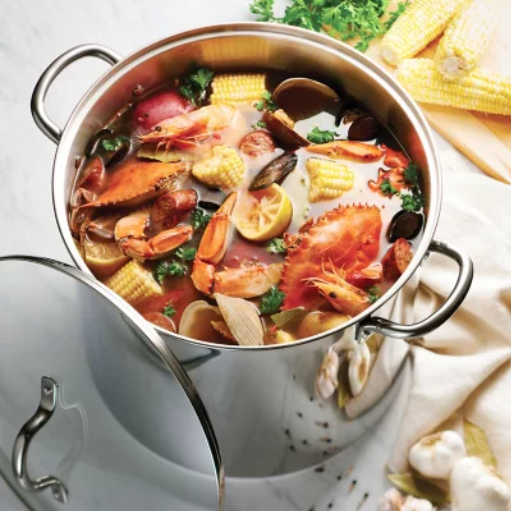
Capacity
Its 24 qt capacity is ideal for simmering stocks, large amounts of soups and sauces, or boiling pasta and is best suited for commercial and large home uses.
Material
Generally made from stainless steel or aluminum; these materials are durable, corrosion-resistant, and ideally distribute heat for consistent cooking.
Handles
Robust handles resisting heat are riveted onto the pot for safe gripping, even when weighed down with a full load of contents.
Lid
Equipped with a tight-fitting lid that preserves heat and moisture for long cooking hours, imparting flavor and texture.
Base Design
The best of them have a very heavy encapsulated base that allows better conduction of heat and prevents hot spots.
Versatility
Practical use with different heat sources—gas, electric, and induction—offering flexibility in cooking.
Material: Stainless Steel Cookware
Because of its durability, anticorrosion, and corrosion-resistant approval, stainless steel is highly sought after. The makeup is composed of an alloy: steel, chromium, and nickel, with chromium being the anticorrosion contributor and nickel assisting in developing strength and shine.
Stainless Steel 18/10
Extremely fine stainless steel cookware is commonly described as stainless steel 18/10, indicating that it has 18% chromium and 10% nickel, and is likely the best performer, in an extremely polished form.
This substance is heat resistant and can withstand temperatures of up to 500°F (260°C) or even beyond, depending generally on the design. Stainless steel is most apt for specifying temperature control and even heating, especially when coupled with aluminum or copper cores for better conduction.
Design: Stay Cool Handles and Heavy Duty Construction
In modern-day stainless steel cookware, all manufacturing concerns ergonomics and durability. Cool-touch-type handles, usually of some heat-resistant materials or stainless steel that is hollowed in the handle area, were designed that way so they would be safe to touch even when a cookware has just been exposed to a very high temperature.
Induction Compatibility
Modern stainless steel cookware is made induction-compatible for the modern kitchen. Induction cooking uses electromagnetic fields to generate heat in the cookware itself, demanding that the cookware have a magnetic base to accomplish this function.
Comparing Stock Pots: 24 qt vs Other Sizes
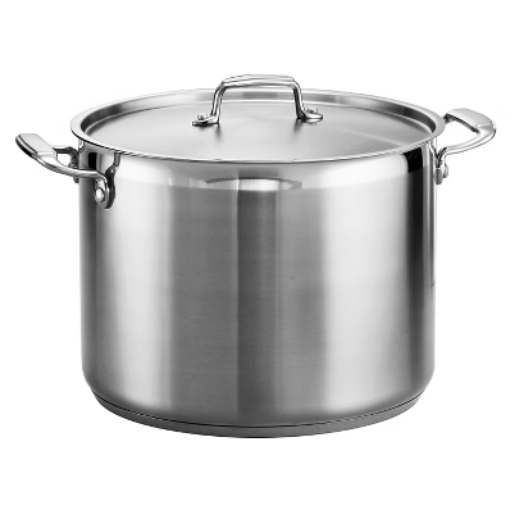
The notable thing to consider when comparing a 24-quart stock pot to other sizes is whether that capacity suits your cooking need. Here’s how different sizes compare:
- 12-16 quart: Better for smaller home-cooked meal sizes with fewer servings
- 24 quart: Perfect midpoint for large families, catering, and meal prep
- 32+ quart: Industrial-scale cooking but can hamper ease of use in standard kitchens
Advantages of a 24 qt Stock Pot over Smaller Options
- Capacity for Large Batches: Can accommodate about 6 gallons of liquid for large-scale meal preparation
- Versatility Across Recipes: Supports boiling seafood, corn on the cob, and long simmering of stocks
- Efficient Heat Distribution: Premium materials promote even heat distribution without hotspots
- Reduced Preparation Time: Single large vessel reduces need for multiple pots
- Economy of Scale: Cost per serving reduces when cooking large quantities
When to Use an 8 qt or 6 qt Stock Pot
- 8-quart: Serves medium-sized households or batch preparation for parties
- 6-quart: Suitable for smaller households or average recipes where large quantities aren’t needed
- Consider: Thermal efficiency and storage constraints when choosing size
Choosing the Right Stock Pot for Your Kitchen
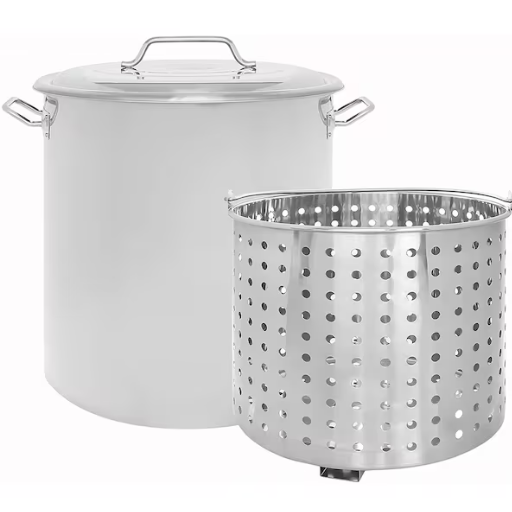
When making the stockpot choice for your kitchen, give first place to material, size, and versatility. Consider these key factors:
Factors to Consider When Selecting a Stock Pot
Material Composition
- Stainless Steel: Durable and rust-resistant with medium heat propagation
- Aluminum: Excellent heat conduction and lightweight
- Copper: Best heat conduction but requires maintenance and is expensive
Capacity Guidelines
- 4-6 quarts: Small households
- 8-12 quarts: Medium families and batch cooking
- 16+ quarts: Professionals or cooking for large crowds
Design and Construction
- Handles: Riveted handles for durability and safety
- Lids: Snugly fitting to prevent heat and moisture escape
- Base Thickness: Thick base for even heat conduction
Material Comparison: Stainless Steel vs Nonstick
| Parameter | Stainless Steel | Nonstick |
|---|---|---|
| Durability | Highly durable, resistant to scratching | Less durable, prone to scratches |
| Heat Conductivity | Excellent with an aluminum core | Moderate, heats evenly with care |
| Maintenance | Requires regular cleaning, easy to scrub | Requires gentle cleaning, no abrasives |
| Stick Resistance | Food can stick without oil | Superior nonstick surface when new |
| Compatibility with Utensils | Metal utensils safe | Avoid metal utensils to prevent damage |
| Weight | Heavier due to sturdy material | Lightweight, easier to handle |
| Oven-Safe | Generally oven-safe to high temperatures | Limited oven-safe temperature range |
| Price Range | Typically higher cost | Affordable options widely available |
| Longevity | Long-lasting with proper care | Lifespan reduces over time |
Care and Maintenance
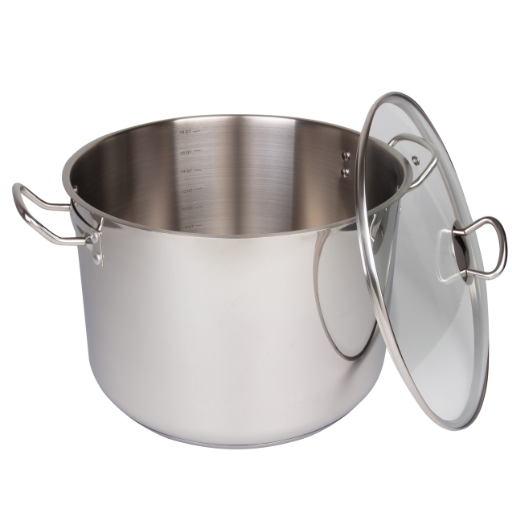
Care Tips for Your 24 qt Stock Pot
- Season Before Use: For uncoated cast iron or carbon steel, apply thin oil layer and heat
- Avoid Abrasive Cleaners: Use soft sponge and mild dish soap
- Dry Thoroughly: Prevent rust and water spots by immediate drying
- Suitable Utensils: Use wooden, silicone, or plastic implements
- Store Safely: Keep in cool, dry location without heavy stacking
Cleaning and Maintenance
Proper care extends the lifespan of your stock pot and ensures optimal performance. Begin by allowing the pot to cool completely before cleaning to prevent warping caused by sudden temperature changes. Use warm, soapy water and a non-abrasive sponge to clean the interior and exterior.
For stainless steel pots, white vinegar or a mixture of baking soda and water can help address discoloration or burnt-on stains while preserving the finish. Handle cleaning and inspection should be done periodically, and dry after washing to prevent any kind of rust or corrosion.
Storage Tips
- Organize by Material Types: Group similar materials to prevent scratching
- Avoid Stacking Heavy Items: Prevent warping with proper weight distribution
- Hang When Possible: Use pot racks or wall-mounted hooks
- Utilize Vertical Organizers: Improve cabinet efficiency by 30%
- Keep in Dry, Ventilated Area: Maintain relative humidity below 50%
Using a Stockpot with a Lid
A stockpot equipped with a well-fitting lid is a vital tool for optimizing heat efficiency and achieving consistent cooking results. The lid maintains heat and moisture to facilitate even cooking while saving energy. When producing soups, stews, or broths, evaporation is minimized with the use of a lid; hence, liquid remains at the desired level, and flavors are enhanced.
Reference Sources
-
Tramontina Gourmet Stainless Steel 24-Quart Extra Large Stock Pot
This product is praised for its heavy-duty construction and excellent quality. Customers highlight its thick clad bottom, which ensures even heat distribution, making it ideal for large-scale cooking tasks like soups, stews, and stocks. -
Professional 24 qt. Stainless Steel Stockpot with Lid
This professional-grade stockpot features brushed 18/10 stainless steel construction with an aluminum disc bottom for even heating. It is designed for durability and is suitable for both home and professional kitchens. -
Member’s Mark 24-Qt. Covered Aluminum Stock Pot
This stockpot is noted for its generous capacity, even heating, and sturdy construction. It is particularly well-suited for preparing large batches of soups, stews, and other bulk cooking needs.
Frequently Asked Questions (FAQs)
Q: What are the benefits of using a stainless steel stock pot?
A: A stainless steel stock pot offers durability and excellent heat conduction, making it ideal for various cooking tasks. It is perfect for making large batches of soup or stew, thanks to its capacity and even heating without hot spots. Additionally, it’s easy to clean and often features a polished exterior, enhancing its aesthetic appeal in the kitchen.
Q: How does a 24-quart stainless steel stockpot compare to smaller stockpots?
A: The 24-quart stainless steel stockpot is a heavy-duty option designed for large cooking tasks, making it ideal for family gatherings or meal prep. Unlike smaller stockpots, this size can accommodate bigger batches of soup, stews, or even serve as a tamale steamer for special occasions. For those who frequently entertain or cook for larger groups, a 24-quart stock pot is a worthwhile investment.
Q: What features should I look for in a stock pot with lid?
A: When choosing a stock pot with lid, consider material, size, and functionality. Look for induction compatibility, high-quality stainless steel construction, and a clear tempered glass lid for monitoring. Ergonomic handles are essential for safe handling, and some models include steamer inserts for versatility. Ensure the stockpot is easy to clean and oven-safe if needed.
Q: Is a nonstick stock pot suitable for making soups?
A: A nonstick stock pot can be suitable for making soups, but choose a high-quality option that won’t compromise durability. Nonstick surfaces make cooking and cleaning easier, especially for hearty soups that tend to stick. However, ensure the coating is food-grade and safe for high temperatures. For traditional cooking methods, stainless steel may be preferable for better heat distribution.
Q: What makes a heavy-duty stockpot ideal for commercial use?
A: A heavy-duty stockpot is ideal for commercial use due to its robust construction and large capacity, often exceeding 24 quarts. These pots are designed to withstand frequent use in busy kitchens. Look for commercial-grade construction with food-grade stainless steel and 3-ply base for even heat distribution. Features like polished exterior and ergonomic handles enhance usability in professional settings.
Conclusion
A 24-quart stock pot represents the perfect balance between capacity and practicality for serious home cooks and professional chefs alike. Whether you’re simmering stocks, preparing large batches of soup, or cooking for events, this essential kitchen tool delivers the performance and reliability you need. With proper care and maintenance, a quality 24-quart stock pot will serve as your kitchen’s workhorse for years to come.

